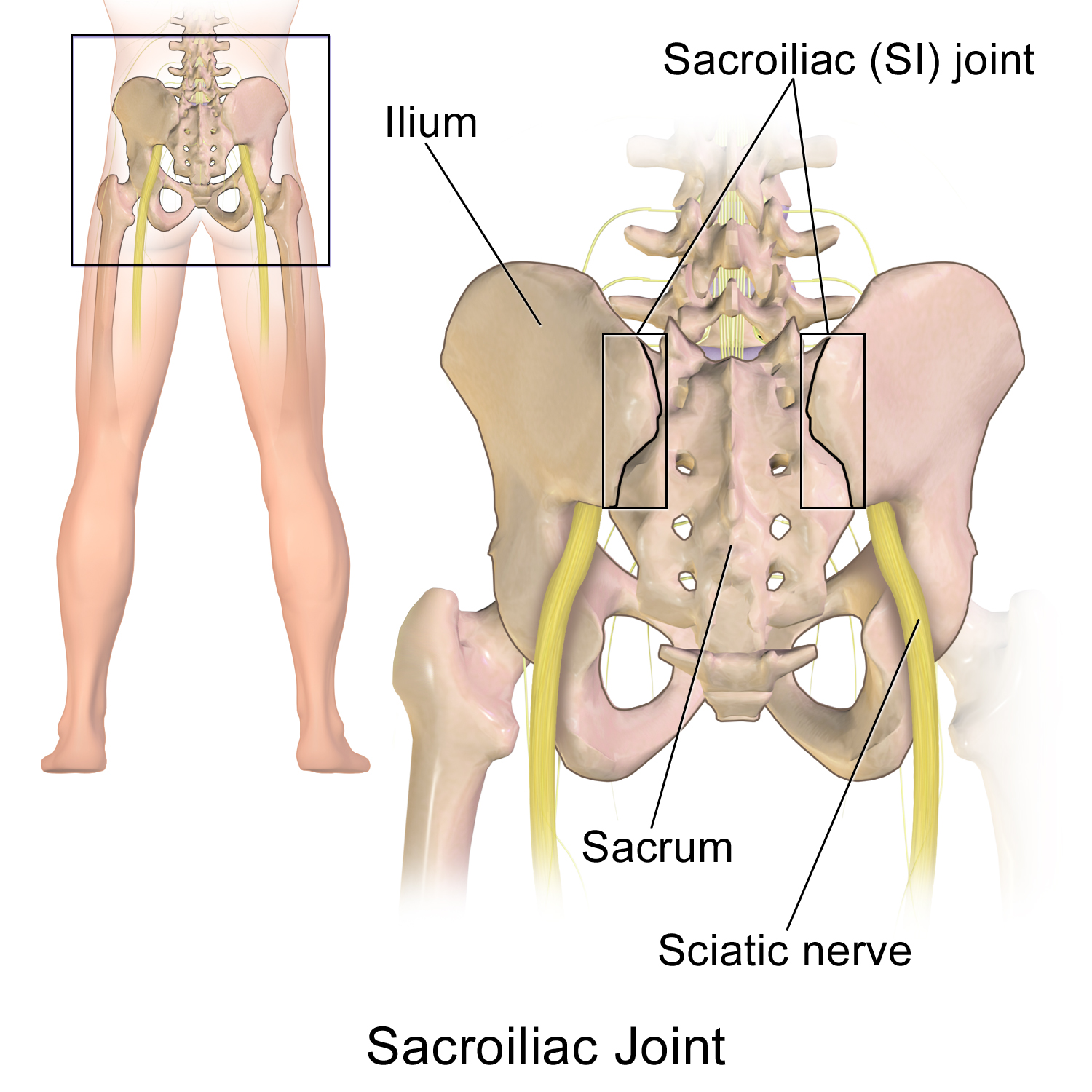All photography provided by Jared Chambers
You're not born or built crooked.
What is SI Joint Dysfunction?
SIJ, SI joint dysfunction, sacroiliac pain, sacroiliac joint dysfunction: these are all terms which describes pain and movement difficulties stemming from tension or stiffness around your pelvis. You may have been told that one leg is too long, or that your bones are misaligned. You may feel pain by your tail bone, when you sit for too long, or when you try to walk or to stretch. While these are all factors that affect the movement and pressure around your sacrum (tail bone) and pelvis, they are usually not permanent abnormalities.
Why does it happen?
Our pelvis is the cross road for a large number of large, strong muscle groups in our body. Sometimes we develop an imbalance in how we use these muscles. It might be from an old injury, an accident, a habit from sport, ergonomic biases in your home or work. Identifying and addressing the source can lead to true and lasting relief from SIJ symptoms.
Does it get better?
Identifying the source of the pressure to your SI joint allows you to target the root of the problem. Many people get better without reliance on surgery or injections.
But X-Ray says my leg is too long
It's fairly rare to be fully symmetrical! Most of us are a little different left and right. The human body is extremely capable of adapting to these differences. On the other hand the body can also end up with less effective ways of adapting and coping. Physical therapy can help you strengthen and balance your muscles so that you can feel comfortable and strong.
What can we do to help?
We use a combination of physical therapy hands on technique and exercises to help you be your best.
Manual therapy - Helps relax and lengthen the muscles of your core, back, hip, and legs. Mobilization of your spine and SI joint improves how you move and reduces pressure on the SI joint.
Exercise - Simple stretches and movements to restore your flexibility and strength. SIJ symptoms often stem from habits and preferences of movement that we can help you overcome.
How long will it take?
Each visit lasts 45 minutes to an hour.
The plan of care can be as short as 2 weeks. But some patients have required months. It depends on the injury, your motivation, and our combined effort. Nonetheless, you should begin to feel improvements in how you can move and how you live your life, little by little, starting from the first week.
How much does it cost?
We are in network with most PPO insurances and medicare. We also accept worker's compensation claims and automotive injury claims. You will be responsible for your insurance deductible and copay. We can contact your insurer to find out details for you but it is always recommended that you speak your your insurance company to verify as sometimes their database can be out of date.
Do you take insurance?
We are in network with most PPO insurances and medicare. We also accept worker's compensation claims and automotive injury claims. You will be responsible for your insurance deductible and copay. We can contact your insurer to find out details for you but it is always recommended that you speak your your insurance company to verify as sometimes their database can be out of date.
DOES the treatment hurt?
The treatment can cause mild discomfort comparable to a strong massage or a good workout. We aim to help you be and move comfortably again so we minimize discomfort whenever we can!
Are you sure this will work?
Most of our patients are able to return to living the life they wish without having to have surgery. Every person is different and we really need to get to know you and your condition to answer that question. If we feel that your condition would benefit from additional medical intervention beyond PT, we will happily refer you to a doctor who is right for you.
“Movement is life.”


